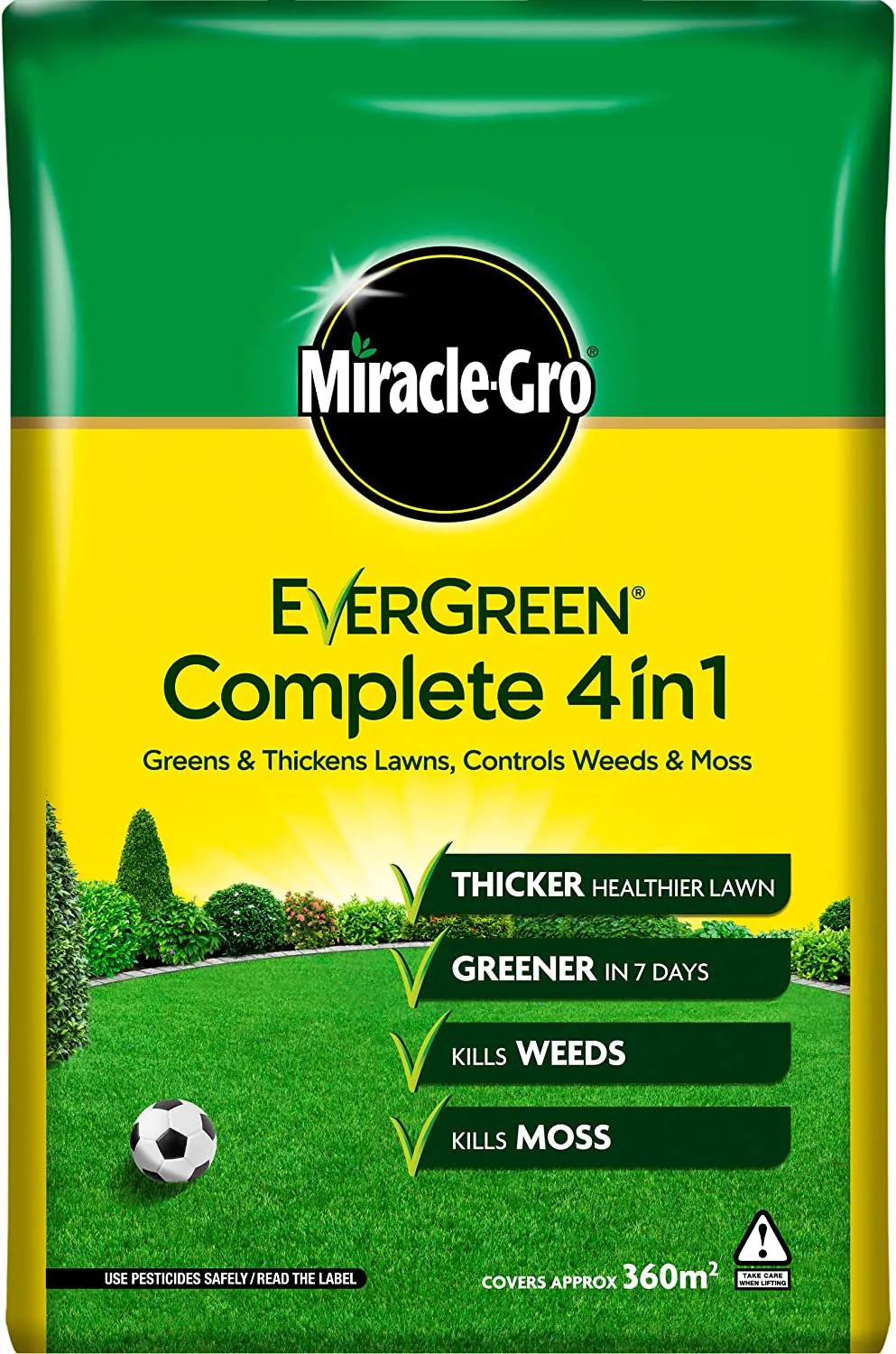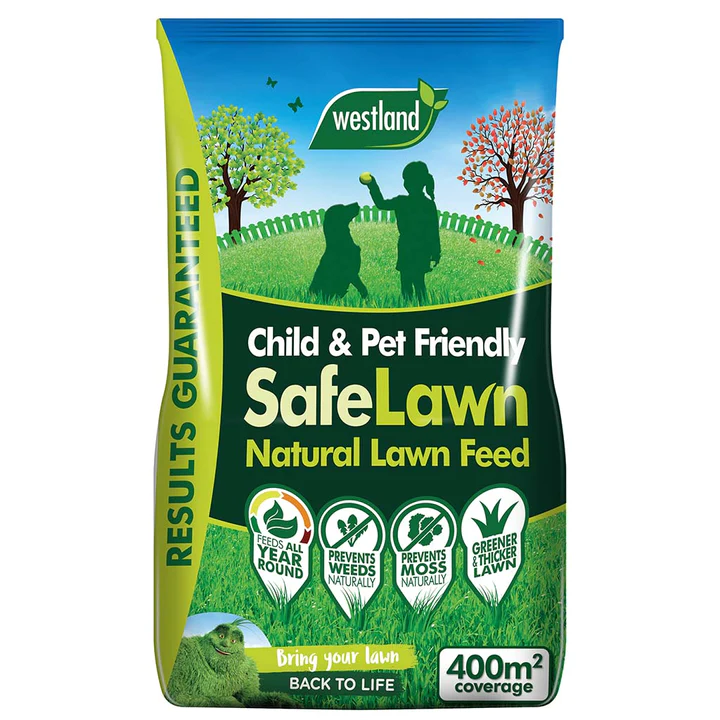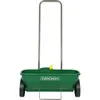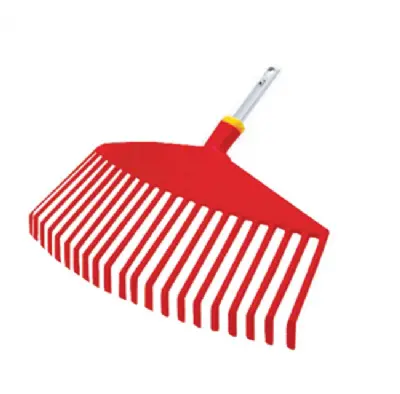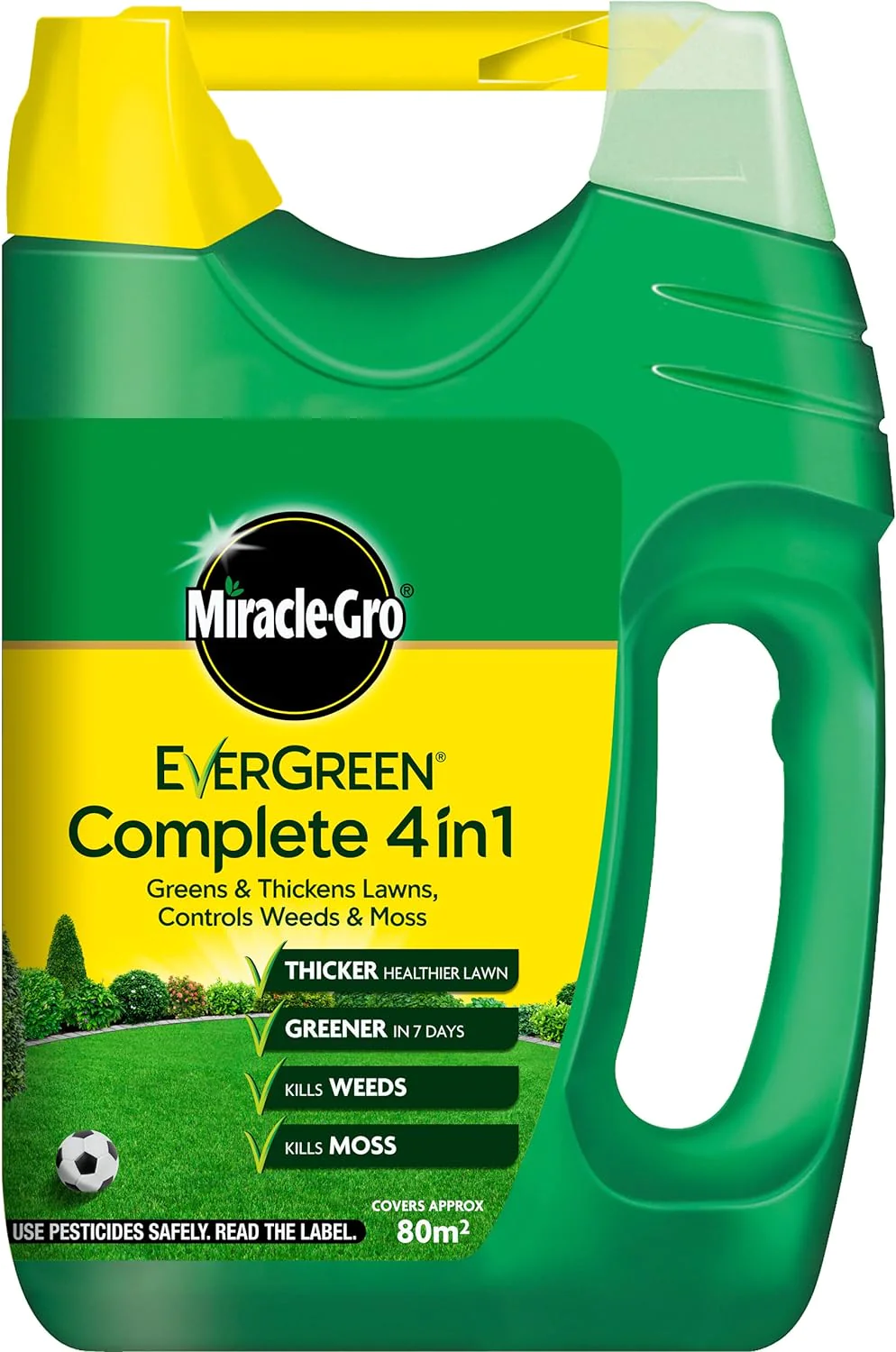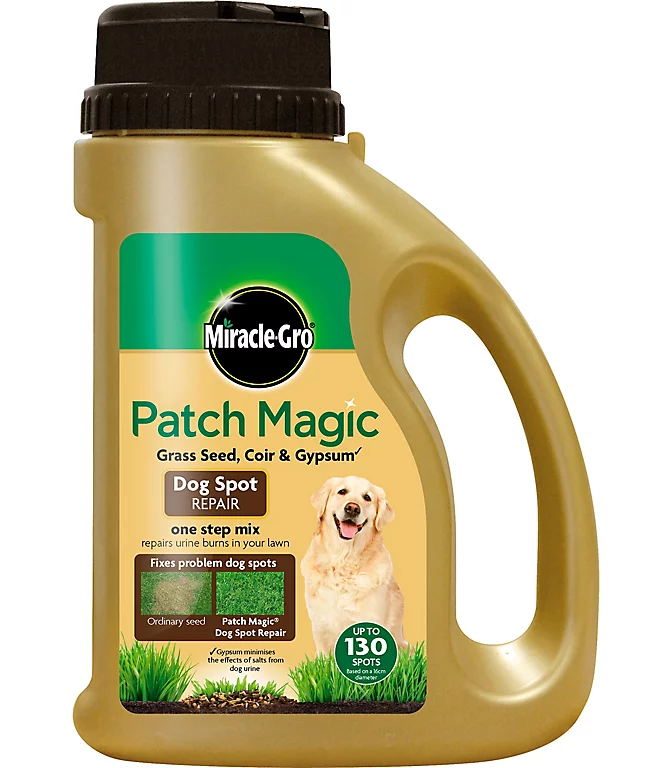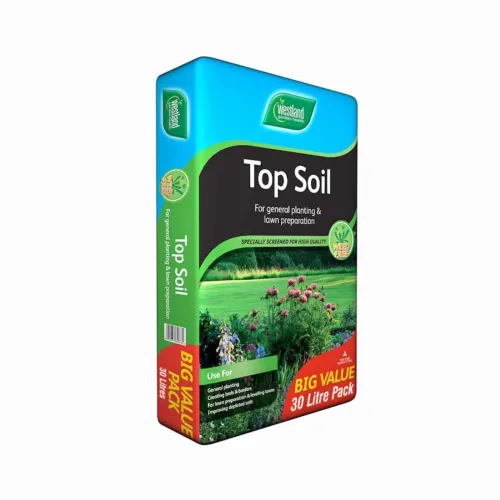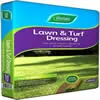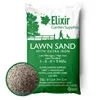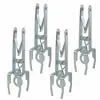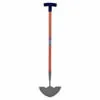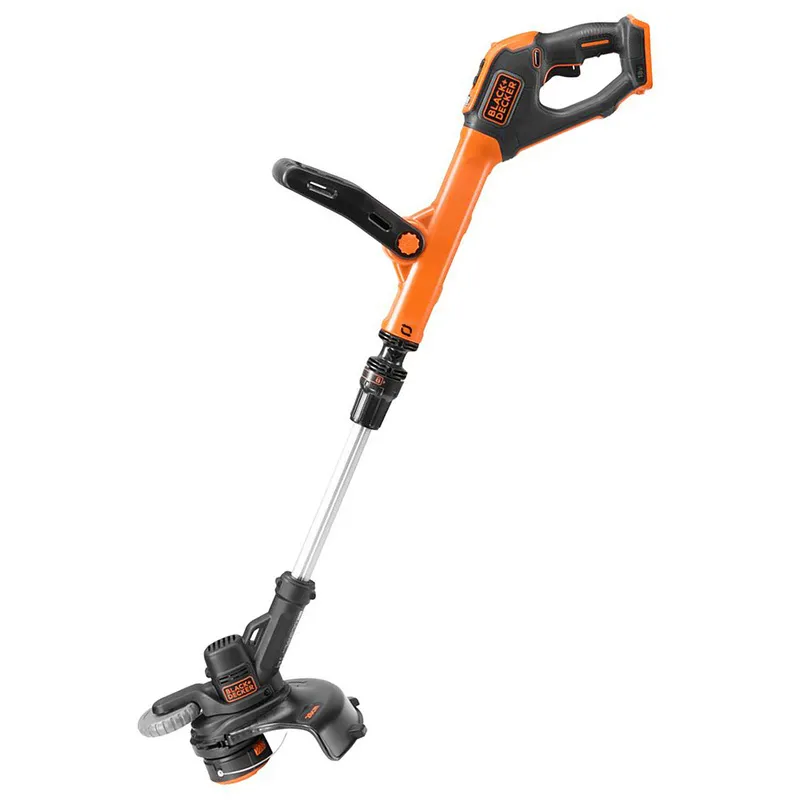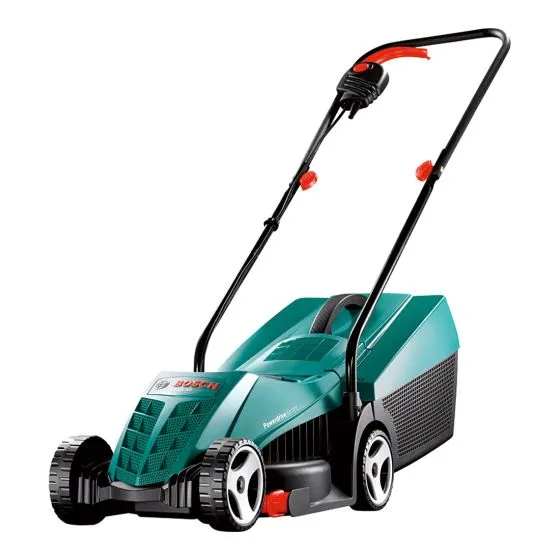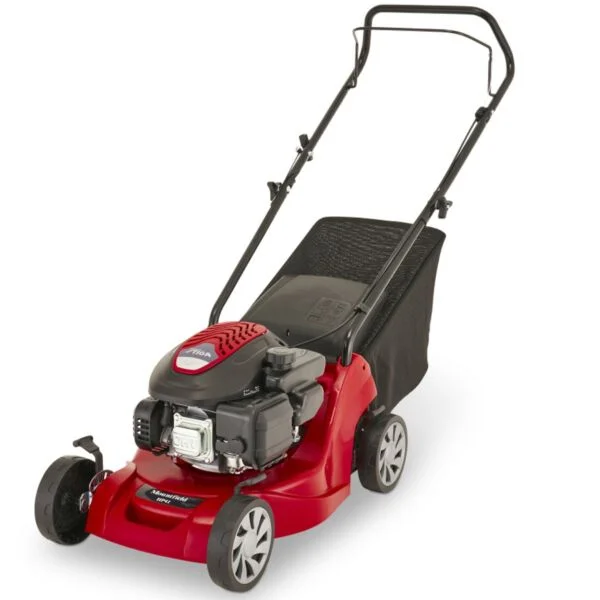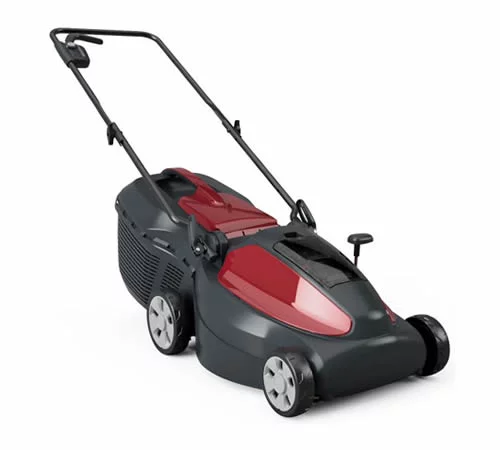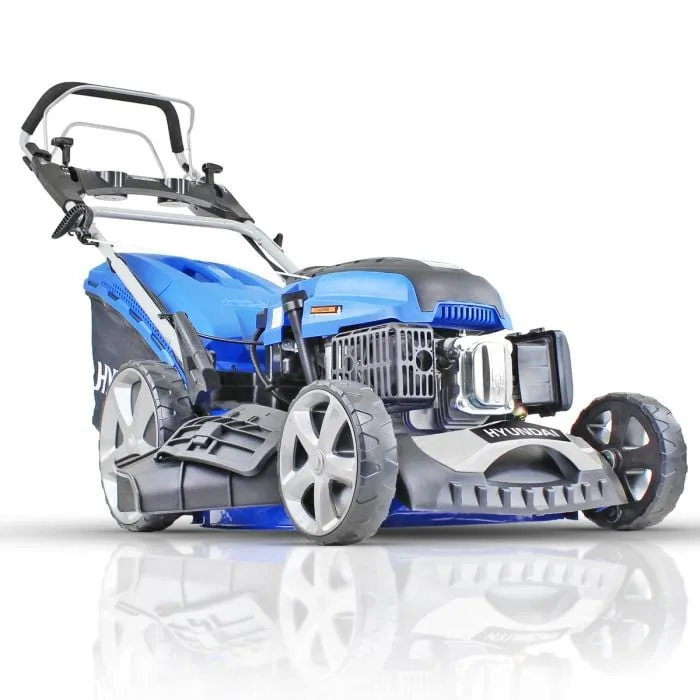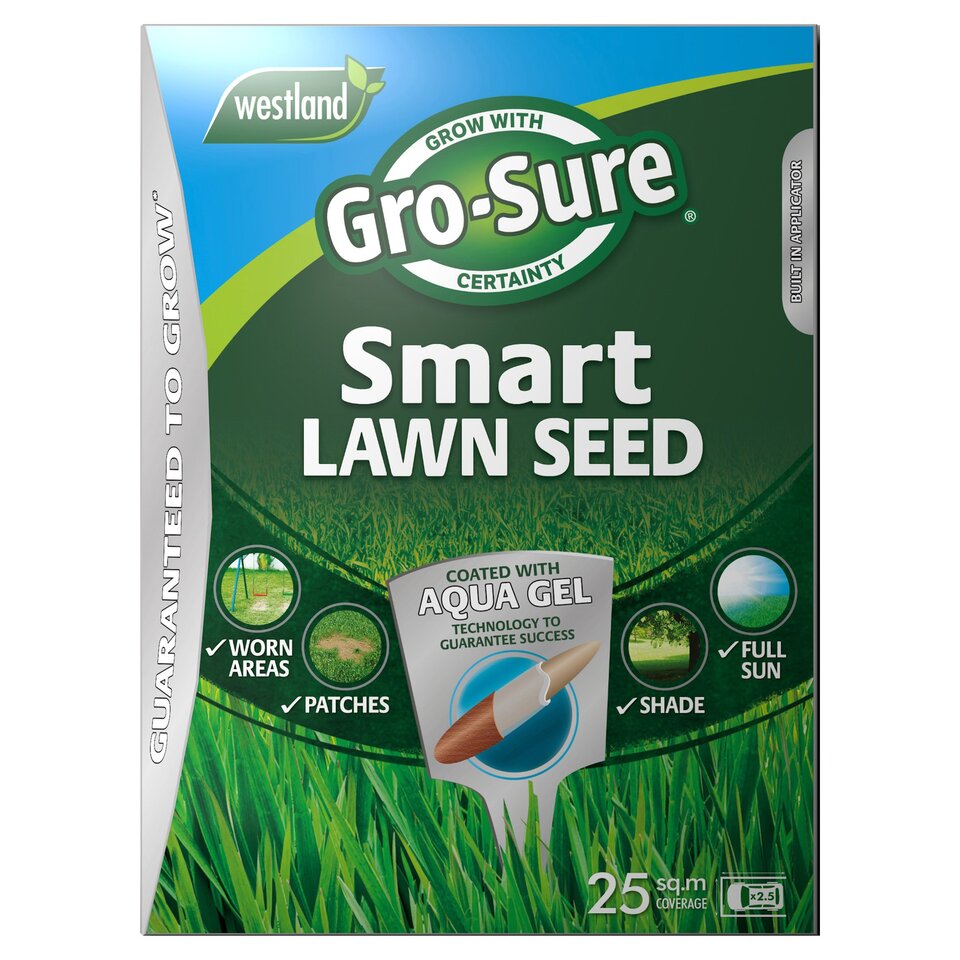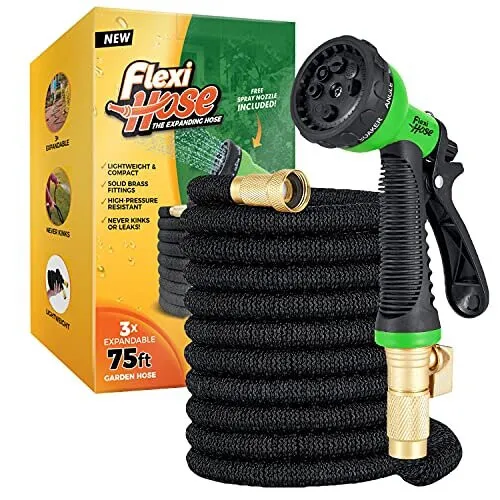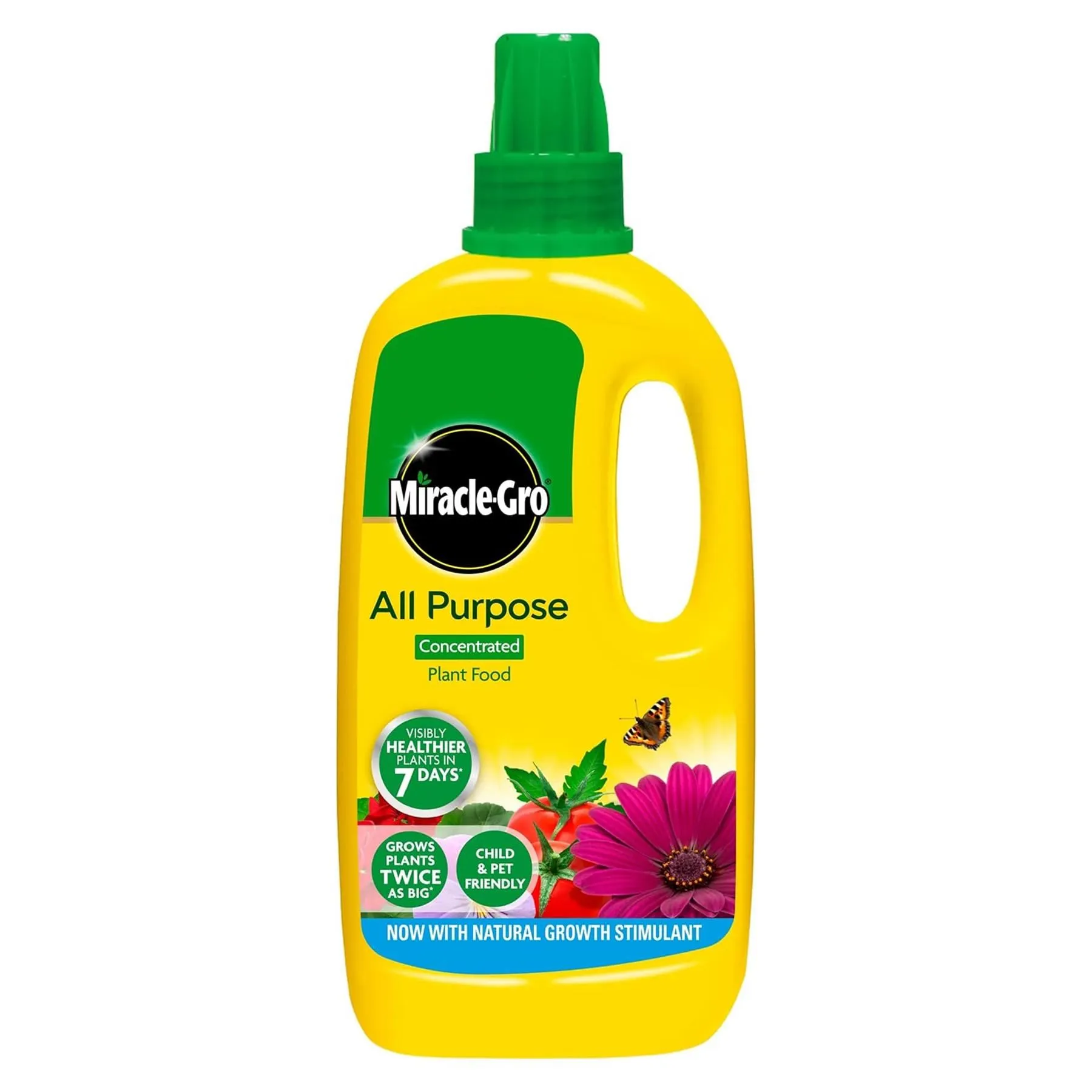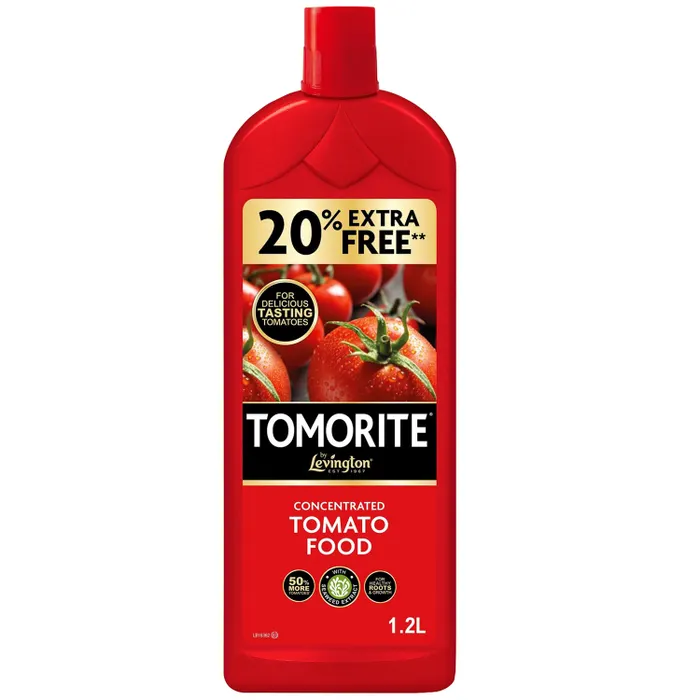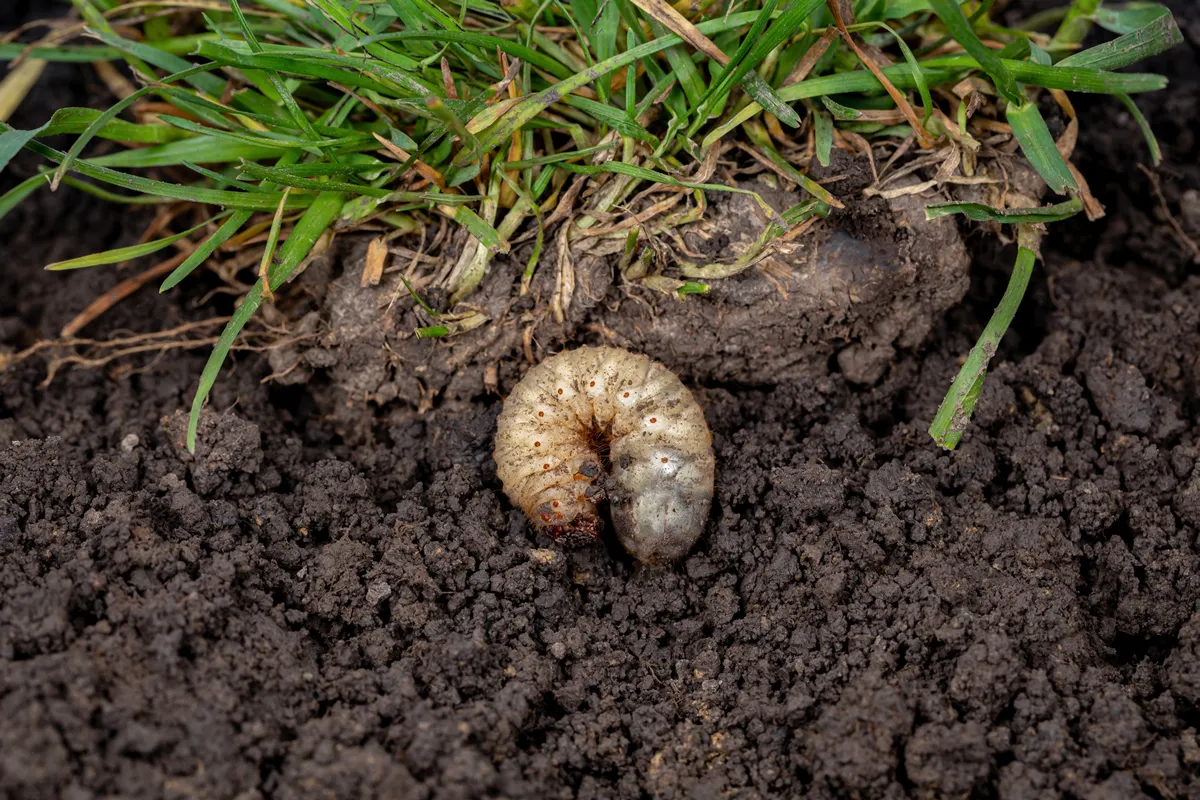
How Insects Damage Lawns
White Grubs: The larvae of beetles, such as the Japanese beetle, feed on the roots of grass plants. This feeding effectively cuts off the grass’s access to water and nutrients, causing the lawn to brown and die in patches. Since the damage is done beneath the surface, it’s often hard to detect until significant harm has occurred.
Chinch Bugs: These small pests feed on the sap of grass plants, injecting a toxin that blocks water movement within the grass, causing it to turn brown and die. Chinch bugs thrive in hot, dry conditions and can quickly turn a healthy lawn into a patchy, brown eyesore.
Remedying Insect Damage in Lawns
To restore your lawn to its former glory, consider the following proven strategies:
- Apply Targeted Insecticides: Once the pests are accurately identified, applying insecticides that target the specific insects causing the damage is critical. It’s essential to follow the product instructions diligently to avoid harming your lawn further.
- Aerate the Lawn: Regular aeration helps improve soil health and reduces the compactness of the soil, which can discourage the presence of pests. Improved soil conditions also enhance the lawn's ability to absorb water and nutrients, aiding in recovery from damage.
- Overseed Lawn Areas: Using grass varieties that are more resistant to the pests identified can help fill in bare patches and reduce future infestations. Overseeding is an excellent way to ensure your lawn remains dense and less susceptible to insect damage.
- Maintain Lawn Health: Keeping the lawn well-watered, properly fertilized, and at an optimal height can promote vigorous grass growth. A healthy lawn is more resilient and can recover from insect damage more effectively.
- Employ Biological Control Methods: Introducing natural predators, such as nematodes, can offer an eco-friendly solution to managing pest populations. These biological controls target the harmful insects without damaging the lawn or the environment.
Conclusion
Insect infestations can wreak havoc on a lawn, but with the proper knowledge and care, you can mitigate their damage and protect your green space. Regular monitoring for signs of pests, along with a combination of preventive and remedial measures, can help ensure that your lawn remains a lush, healthy haven for years to come. Remember, the key to combating insect damage in lawns lies in early detection, accurate identification, and appropriate, targeted action.


